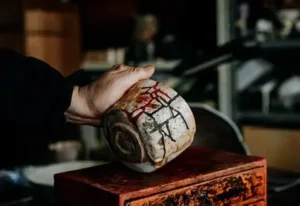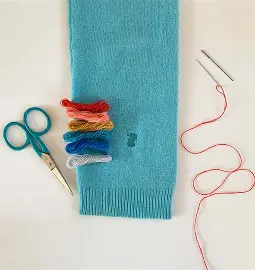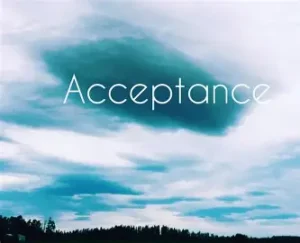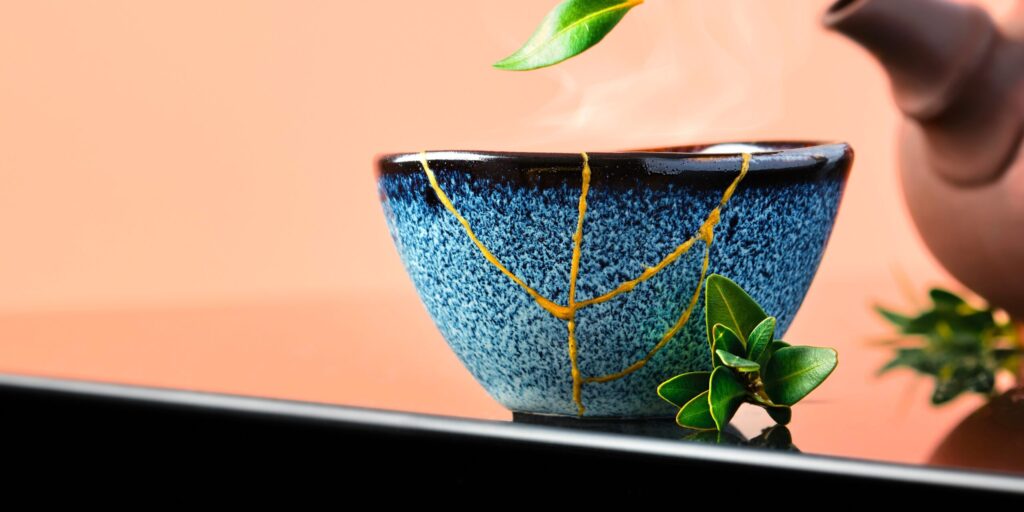Read time 5 minutes
There are moments in life when we feel broken; physically, emotionally, or spiritually. But at times, those cracks become the birthplace of strength, growth, and beauty.

That’s the philosophy behind Kintsugi, a Japanese art form that’s not just about fixing broken pottery with gold… but also about embracing our flaws and making peace with life’s imperfections.
And this is my story—an intimate journey from shattered health to golden healing.
Discovering Kintsugi

Let me begin with gratitude. Thank you, dear Universe, for your endless grace—for guiding me through my battle with chronic illness, and slowly restoring fragments of my health and spirit. This blog is a dedication to that journey.
I didn’t go to Japan in search of answers. I wasn’t seeking philosophies or traditions. Yet somehow, Kintsugi found me. And it changed the way I viewed everything—pain, illness, grief, and above all, healing.
Kintsugi is the ancient Japanese technique of mending broken pottery using lacquer mixed with gold, silver, or platinum. The cracks don’t hide; they shine. The repaired object becomes more valuable, not in spite of its damage but because of it.
The idea behind this practice is simple: our flaws aren’t failures. They’re stories. They’re beauty. That metaphor resonated with me more deeply than anything else ever had.
Falling Apart: My Health Journey

My real descent into brokenness began when I was diagnosed with Isaacs’ Syndrome. It is a rare neuromuscular condition causing muscle hyperactivity. But Isaacs’ wasn’t alone—it dragged a caravan of other diagnoses with it. I had Lyme disease, transmitted by ticks. Then came Glaucoma, which threatened my vision; Membranous Glomerulonephritis, a chronic kidney condition; digestive disorders like Irritable Bowel Syndrome (IBS). Also, Diabetes, Frozen Shoulder, Eczema, and Blood Pressure issues.
It felt like my body was failing from every direction. No matter how much effort I put into getting better, my health continued to slip. Physically, I was exhausted and in pain. Mentally, I felt like a stranger to myself. My emotions spiraled—anger, frustration, numbness, fear. I couldn’t process what was happening, nor could I cry out for help. I was paralyzed. Every trip to the doctor brought more prescriptions and less hope.
Ernest Hemingway once said, “The world breaks everyone and afterward many are strong in the broken places.” I felt that in my bones. Everything was fractured—my life, my confidence, my independence.
And yet, that wasn’t the end.
Choosing to Mend

Years later, once I had begun stabilizing, I turned to Kintsugi not just as an idea, but as a guide. I studied it, I reflected on it. I let it help me hold the mirror to my own pain.
It didn’t erase my illnesses. But it gave me grace.
Kintsugi taught me patience—the kind I’d never practiced before. Repairing shattered pieces takes time. And so does healing. There were days when even moving was a task. But over time, I learned to go gently with myself.
It wasn’t just philosophical. It was practical. My daily habits shifted. I learned to listen to my body—what it needed, what it feared. Slowly, I started cultivating practices that helped me reclaim my health—not just physically, but emotionally.
Turning Pain Into Power

What shocked me most was how widely Kintsugi is embraced—not only in art communities, but among disability groups and mental health advocates. It encourages optimism. It challenges how we view disability and trauma. It tells you: you are still whole.
The most transformative thing for me? Accepting help.
I’ve always carried an independent spirit. But my mother reminded me often: crisis doesn’t mean failure. Everyone faces it. Let people love you through it.
So I did.
I opened up more. I let my family support me. I let conversations in. And the more I shared, the more I realized—I wasn’t alone. Healing wasn’t linear, but it was communal.
Reframing My Future
The beauty of Kintsugi is in the map it gives you. You look back on your thick experiences—the trauma, the hardship—and instead of wiping them away, you repurpose them.
I stopped trying to erase my past and began using it as a framework for a stronger tomorrow.
That didn’t happen overnight. I faced setbacks. Sometimes, I slid backwards. But the difference was: I didn’t stay down. I applied what I learned from each fall. Slowly, I began to move with clarity, adjusting my self-care model, evaluating my resources, and charting a plan.
It wasn’t perfect. But it was powerful.
Acceptance: The Golden Glue

The biggest lesson? Acceptance.
We live in a world that worships perfection. But that’s not real life. Life is messy, scarred, unfiltered. And so are we.
Therapeutically, accepting that made everything lighter. I stopped comparing myself to others. I quit the race to match people’s standards of “success” or “beauty” or “worth.” And guess what? The relief was liberating.
Some people will admire you. Some won’t. That’s fine.
Kintsugi says: you are more beautiful because of your cracks.
I started living with that energy—embracing simplicity, minimizing complaints, making peace with my story.
Living With Golden Cracks
Here’s what I know now: true wellness is not just the absence of illness. It’s the ability to thrive despite it. It’s the courage to rise with golden cracks—to turn pain into purpose.
I found joy in small rituals. In movement. In eating foods that nourish me. In leaning on those who love me. In laughter. In music. In moments of quiet.
One day, while browsing online, I found DIY Kintsugi kits. You could buy them and mend your own ceramics. I was tempted—but then I smiled. Because truthfully, I had already done something far more special.
I had used Kintsugi to mend my life.
Sharing the Light: Ordinarily Rare

Inspired by this healing philosophy, I launched Ordinarily Rare—a platform to celebrate imperfection, resilience, and growth. Here, I share my experiences, practices, and reflections that nourish the mind, body, and spirit.
It’s a space for anyone feeling lost, overwhelmed, or broken—to know: you are not alone. You are not ruined. You are art in the making.
If you’re going through something right now—be it illness, grief, heartbreak, or change—I hope my story reminds you that healing is possible. That even when things fall apart, you can find magic in the mess.
Don’t hide your cracks. Honor them. Paint them with gold.
Final Thought
Healing doesn’t mean going back to who you were.
It means becoming someone new—someone even stronger, even gentler, even wiser.
That’s Kintsugi.
And that’s me.
DISCLAIMER
The views shared above stem from personal experience and do not constitute medical advice. Always consult a healthcare professional for medical guidance.


